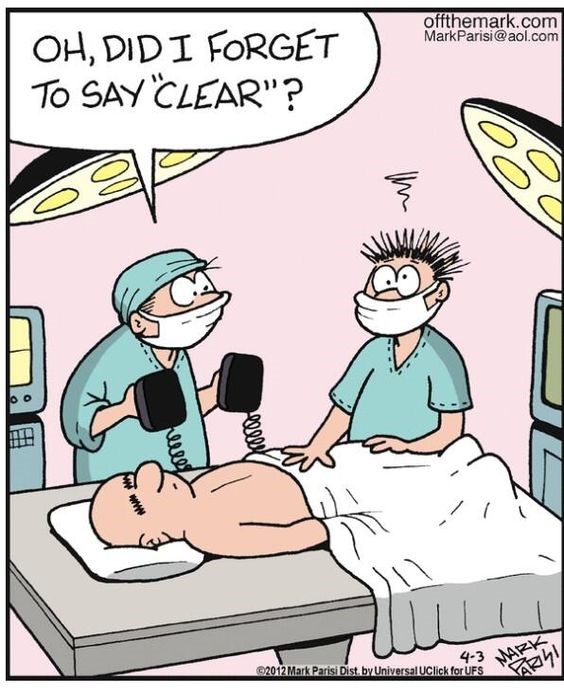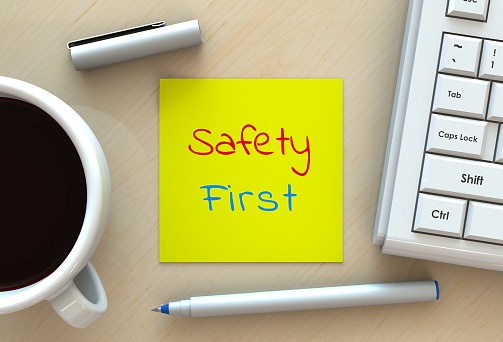 By Kora Behrens, Clinical Nurse Manager, Medical Solutions
By Kora Behrens, Clinical Nurse Manager, Medical Solutions
Did you know that hospitals are one of the most hazardous places to work? Every day nurses are exposed to many health risks which makes them prone to illnesses, infections, injuries, and diseases.
It’s especially timely to discuss safety in nursing because June is National Safety Month. The concept of safety in the workplace is an essential component to providing quality nursing care. Additionally, healthcare staff and nurses must be aware of safety practices outside of patient care as well. It’s imperative that all healthcare workers know how to limit their exposure and minimize any risks that may be involved with the job.
The wide range of hazards on the job include sharps injuries, exposure to chemicals and hazardous drugs, back injuries, latex allergies, violence, and stress.

Through numerous encounters with patients with varying conditions, nurses become more prone to infectious agents like bacteria, fungi, viruses, and parasites. This type of exposure makes nurses and healthcare staff more prone to diseases such as HIV/AIDS, Hepatitis, Ebola, Influenza, MRSA, Tuberculosis, SARS, and MERS.
Healthcare workers and patients can sometimes be unprotected from chemical hazards as well. These hazards include several different anesthetic gases, aerosolized medications, chemotherapy medications, cleaning, disinfecting, and sanitizing agents, medical supplies and instruments, and fixative chemicals used for tissue specimens.
In addition to the infectious and chemical hazards, healthcare workers must also avoid damaging effects from the physical demands of the job. Injuries can occur frequently and they are often related to patient handling that involves heavy lifting and awkward body positions.
Lastly, the threat of violence and stress is equally as important to safety. Many healthcare workers experience physical and emotional stress which can contribute to health problems. This also has an impact on patient care and it can contribute to errors, patient falls, and other unfortunate outcomes.
The impact that these hazards can have on nurses and patients can be deadly and devastating, so it’s extremely important this month and every day of the year to improve safety and minimize any risks involved. The following suggestions will help nurses advocate for safety and make progress with their quality of work and patient care:
- The first thing that every nurse and healthcare worker should do is to promote and support anyone and everyone who is an advocate for safety. A culture of this nature encourages everyone to be open and honest — plus it allows for learning from mistakes and transparency with any errors. Nurses that work in a safety-conscious culture will be more empowered to speak up when something is unsafe and they don’t have to fear any potential repercussions.
- Another strategy for safety includes effective communication. By collaborating with each other and communicating appropriately, nurses will be able to provide better hand-offs and more detailed information on their patients. Implementing hourly rounding will help to communicate with patients on bathing, bathroom, or other health needs and this can eliminate fall risks and other health hazards for all parties.
- Following protocol and policy as well as nursing standards of practice is essential to safety. Safety mechanisms are built into these policies and standards so it becomes extremely important to follow each step involved. Initiating fall precautions and turning patients should not be skipped or ignored and resources should be implemented for safe patient handling, transfer, etc. Harm and human error increase with each missed care for every patient. Time management and ancillary staff are important to executing all safety initiatives and protocols designed for risk depreciation.
- Patient engagement is another factor that can contribute to maintaining safety. This includes active listening to the patient’s concerns and goals with their care. This will help everyone to stay informed about the needs and desires of the plan of care and it will help to communicate any risks for injury or threats to safety. Another added benefit to patient engagement and open communication is patient education. This provides an opportunity for the nurse to identify gaps in knowledge, but also for the patient to become educated on their health risks. For example, if a patient has a true understanding of their health and disease process they may be less likely to get out of bed without assistance as this would be a risk for injury from falling. The educated patient is a satisfied, protected, and confident patient.
- The most important part of safety in nursing is learning from past incidents and other near misses. Many nurses will say that the mistakes they have made in the past were defining moments in their career that taught them great lessons. When an error occurs, it is important to review the events of the situation to understand why it happened. A root cause analysis is a strategy that is useful for identifying the cause of the problem in a safety situation. Some may refer to this as a debriefing of sorts as well which can be help immediately following a safety incident. This debriefing is done immediately following the incident so that details of what happened are not forgotten. Healthcare staff and nurses should be encouraged to immerse themselves in safety leader positions, officers, and management teams. Becoming an advocate for safety starts with taking on the role of someone who can hold others accountable.
Let us focus this month and beyond on minimizing risk and maximizing safety in all healthcare settings and segments!